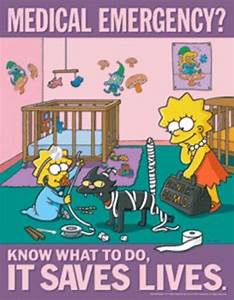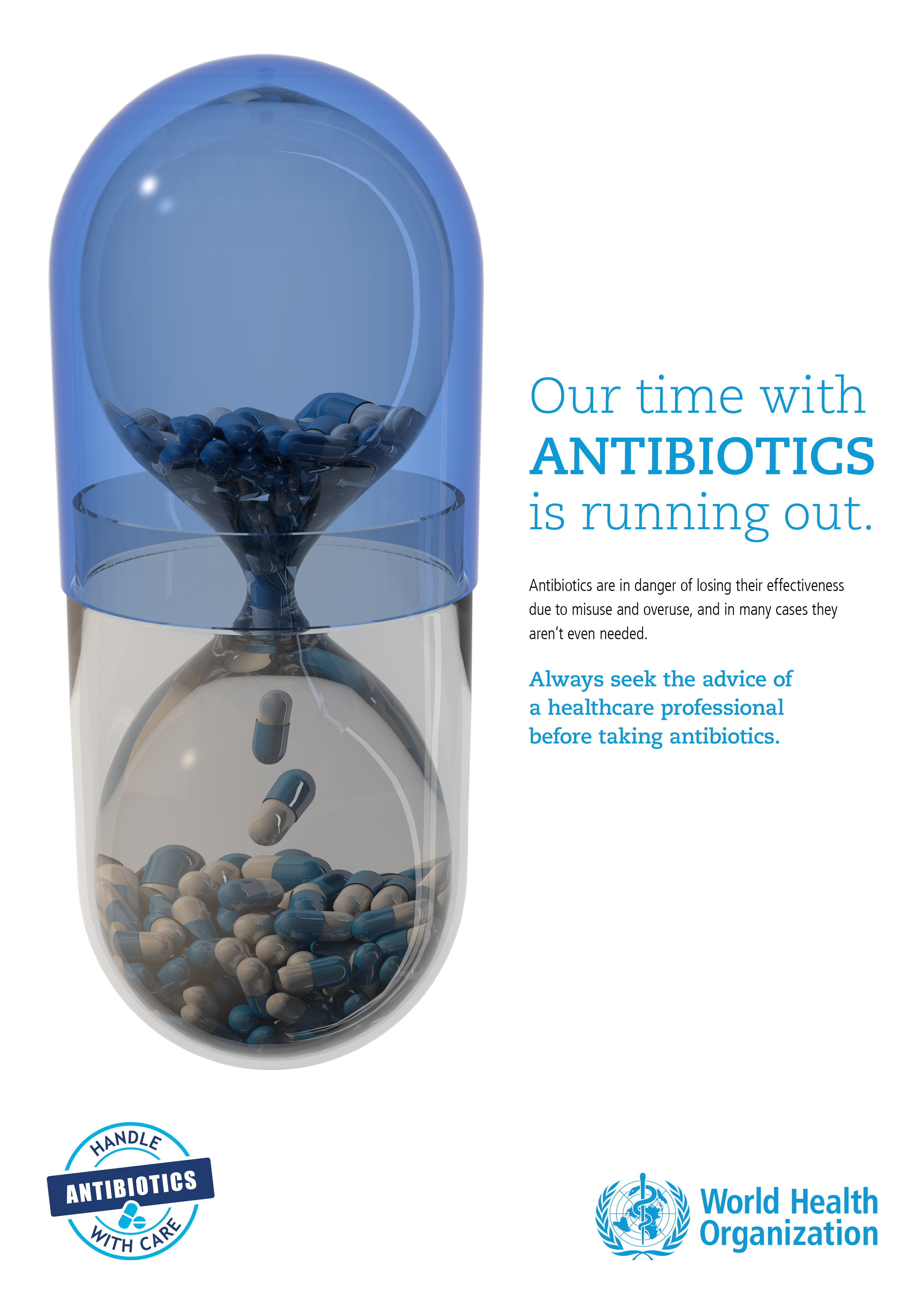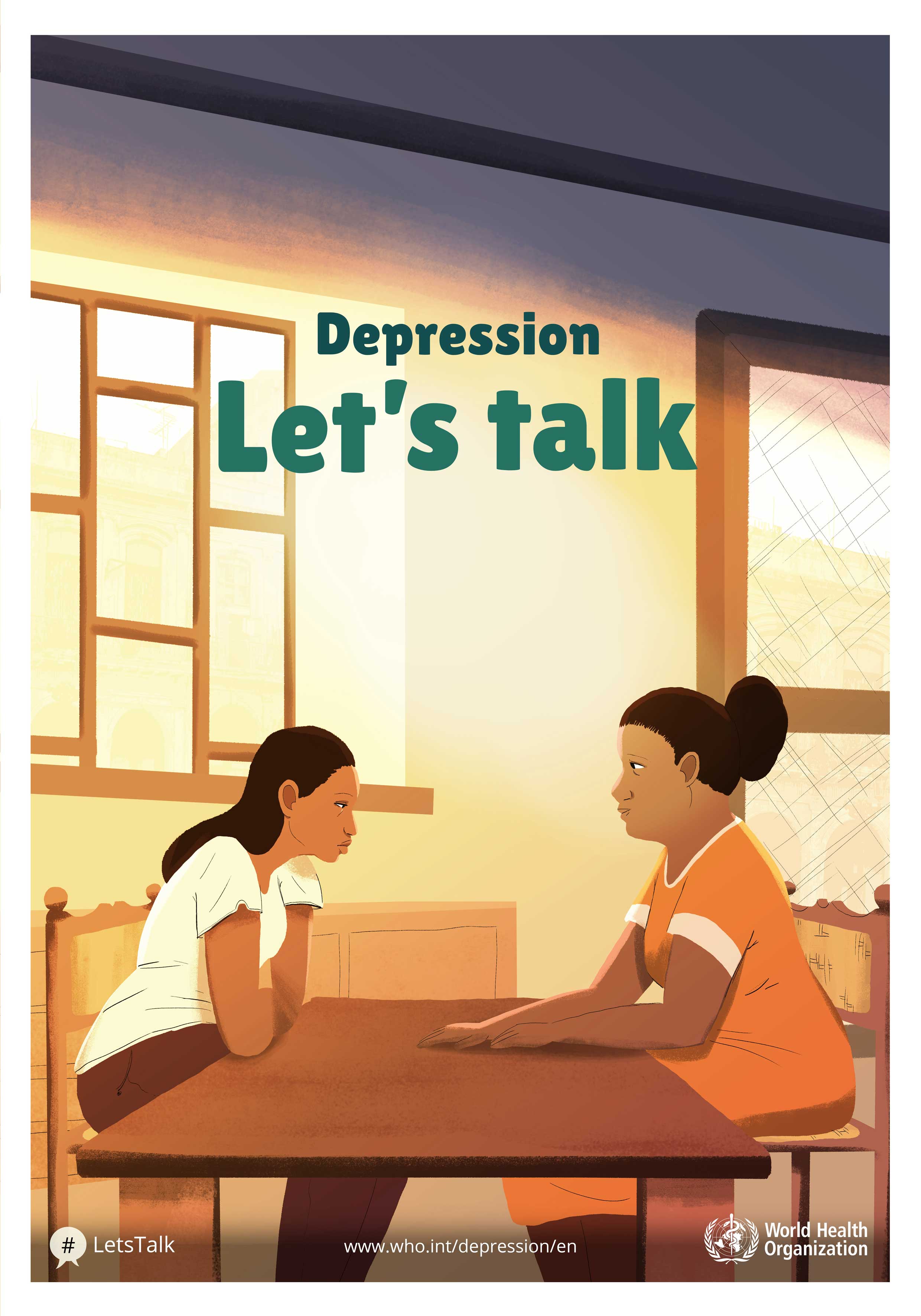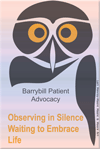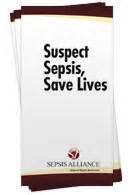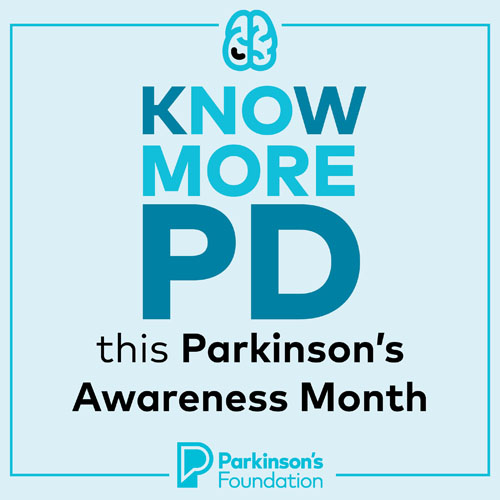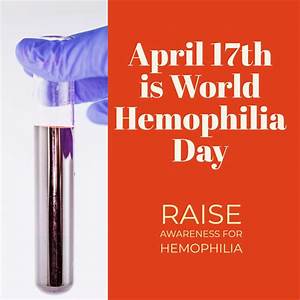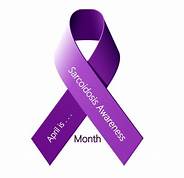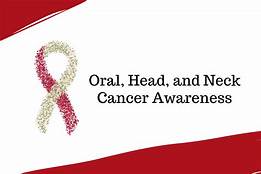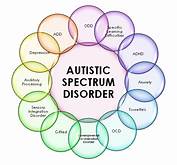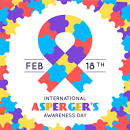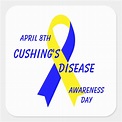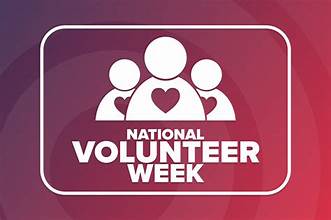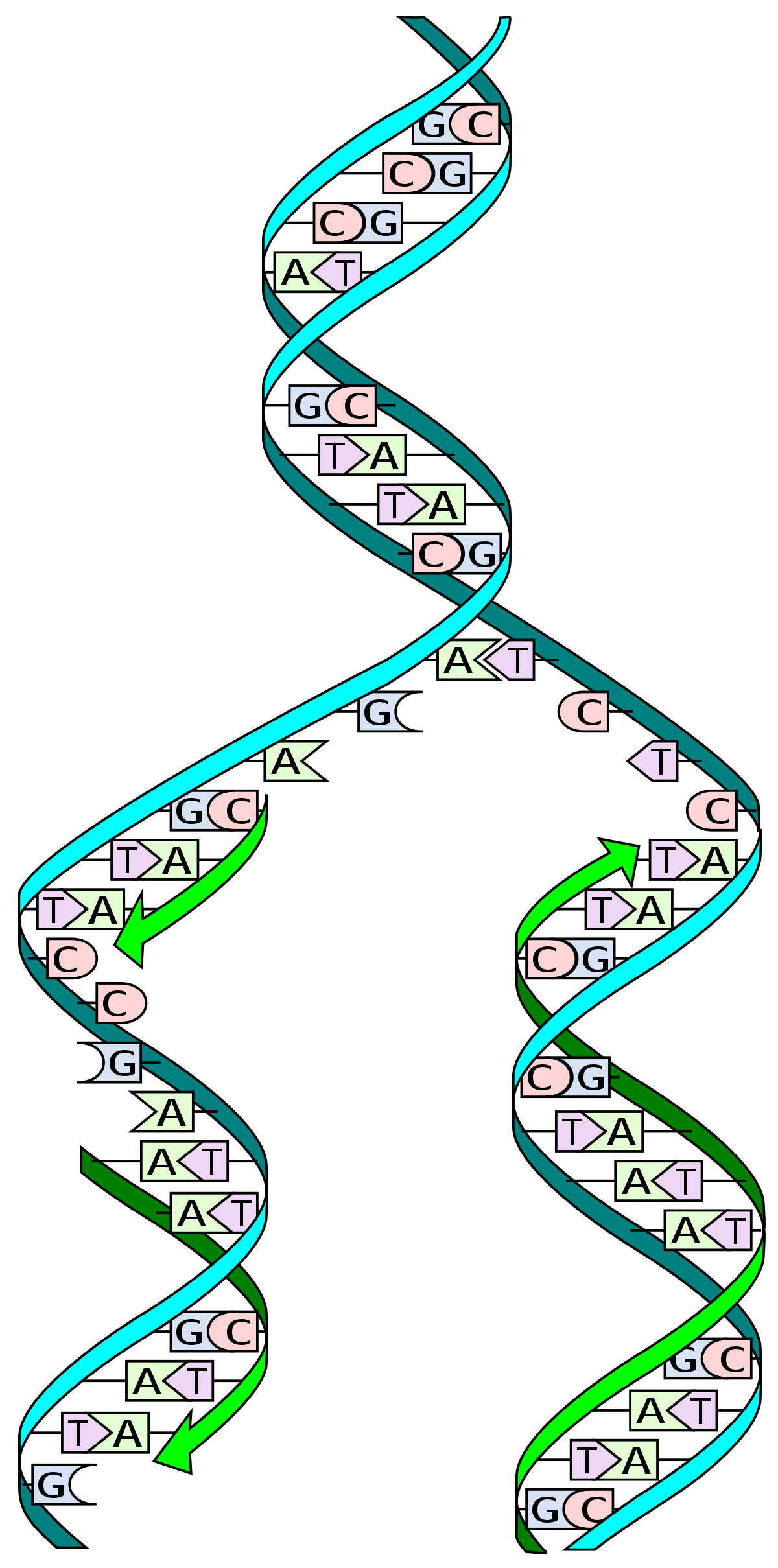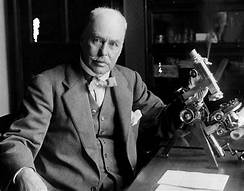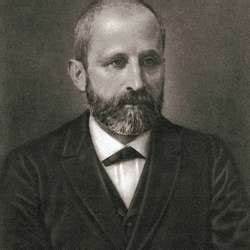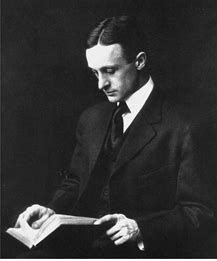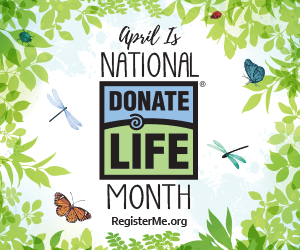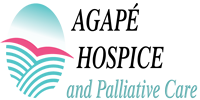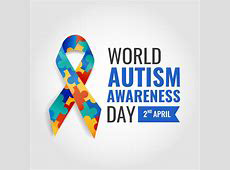 image courtesy of Edinburgh News Scotsman Independent Press | World Autism (known as autistic spectrum disorders) Awareness Day is internationally recognized on the |
Autism spectrum disorder is a condition related to brain development that impacts how a person perceives and socializes with others, often causing problems in social interaction and communication. | |
| HEMOPHILIA AWARENESS | |
| the 17th of April is International Hemophilia Day | |
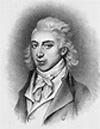 |
In 1803, John Conrad Otto, a physician from Philadelphia, Pennsylvania, US, identified hemophilia, a genetic disorder, and described the condition as hereditary, affecting males more than females. The term ‘hemophilia’ was first used in 1828, at the University of Zurich in Switzerland. |
| Dr. John Conrad Otto, physician and scientist b. March 15, 1774, New Jersey, USA d. June 26, 1844, Philadelphia, USA | |
| Hemophilia is a hereditary blood disease characterized by prolonged coagulation time — this happens when blood fails to clot and abnormal bleeding occurs. This genetic disorder
is transmitted by birth mothers who carry the recessive gene. There is no cure for hemophilia and when someone is bleeding and is a known to be hemophilic (wrist band identification) then medical attention needs to be sought immediately. Applying pressure to the wound will help, and first responders are cautioned about the possibility of causing other breaks in the skin and other sources of bleeding. Hemophilia is a complex disease due complications involved from its treatment as well as from the disease itself. | |

Parkinson's disease (PD) is a chronic nervous system disease which effects the whole body. Some noticeable signs of PD are tremor, slowed movement, rigid muscles, impaired posture and balance, speech and writing challenges, fatigue and pain. Some not so noticeable complications include thinking difficulties, depression, eating - chewing - swallowing problems, sleep problems and disorders, blood pressure changes, sexual dysfunction, and bladder issues. Learn more about Parkinson's Disease and the organizations devoted to making the lives of those suffering from Parkinson's a little easier. Donations to support research are always welcome during Parkinson's Awareness Month and all year round. Parkinson's Disease |
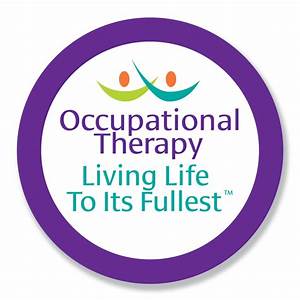 Occupational Therapy is a vital profession that helps people across the life span to do the things they want and need to do through the therapeutic use of daily activities (occupations). Occupational therapy practitioners enable people of all ages to live life to its fullest by helping them promote health, and prevent- or live better with- injury, illness, or disability. Common occupational therapy interventions include helping children with disabilities to participate in school and social situations, helping people recovering from an injury by relearning skills, and providing support for older adults experiencing physical and cognitive challenges. |
| FUNCTIONAL NEUROLOGICAL DISORDER (FND) | ||
| Functional Neurological Disorder (FND) interferes with the functioning of the nervous system and how the brain and body | 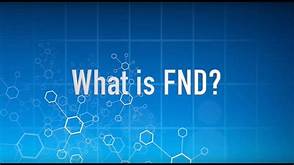 |
communicate. Physical and psychological risk can cause functional symptoms which include a variety of physical, sensory, and cognitive |
| impairments that are not completely understood. FNDs are considered to be multidimensional, which means many different risk factors can contribute to the development of the disorder. Some symptoms of FND are difficulty with cognitive processes (thinking skills), vision perception and speech, diminishing physical strength, involuntary body movement, and pain. FND disorders involve two different disciplines: psychiatry and neurology; which over the years have gained a renewed interest in the medical and scientific communities. New findings are influencing how patients are diagnosed and treated, which in-turn has created an overall change in attitude toward Functional Neurological Disorders. The 13th of April is the international day of awareness which endeavors to inform people and patients on the resources available to further educate themselves on Functional Neurological Disorders. Please go to the Find Hope organization for more information. | ||
| WEST NILE VIRUS | |
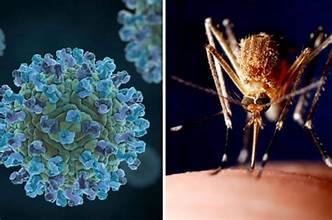 |
West Nile virus is spread to humans through the bite of an infected female mosquito. The mosquitoes get the virus when they bite an infected bird. Crows and jays are the most common birds linked to the virus, but at least 110 other bird species can carry the causative agent which causes the virus. West Nile virus is not spread between humans. |
Most people infected with West Nile virus have only mild, flu-like symptoms that last a few days. But, older people and those with weak immune systems are more likely to get a serious illness from the infection. | |







